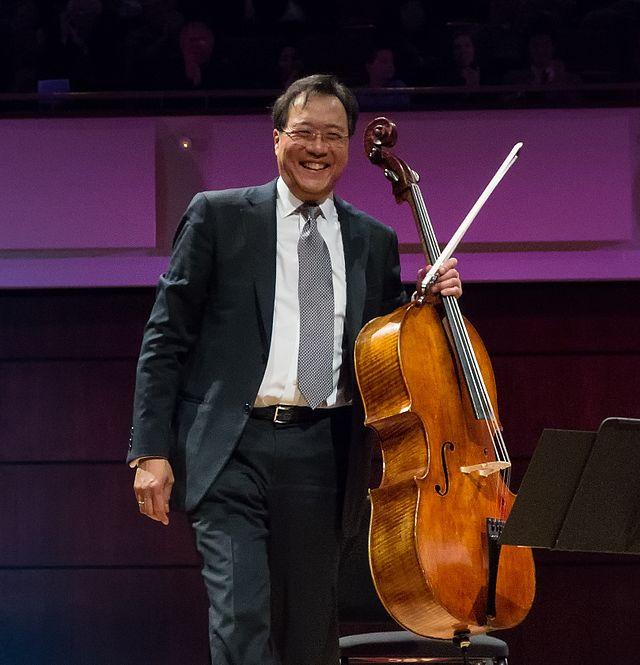Yo-Yo Ma created an environment Saturday night of inclusiveness that isn’t usually associated with the classical genre. The show made a diverse audience into instant fans and forged a new perspective of classical music’s place in the contemporary music world.
The show was held in Shannon Hall, the centerpiece of the newly renovated Wisconsin Union Theater. The architectural genius that goes into designing a room with optimal acoustics has the added consequence of creating something incredibly impressive.
My group spent the first five minutes in our seats just looking around us and feeling wonderfully small. The theatre is something that seems to operate outside of the general student population’s radar, one of those opportunities that can easily be overlooked in a school as big as ours. The experience was new, and in that sense, especially powerful.
Ma performed with a pianist by the name of Kathryn Stott. It was clear early on that both were masters of their respective crafts. I have always proudly identified with music that’s imperfect. It was the same appeal that fueled a lot of early punk and folk musicians. There is something simplistic in those genres that I think their fans find comfort in. It’s the idea that with the proper amount of determination, three chords and a halfway decent voice can allow you to connect with an audience. Ma and Stott appeal to audiences from opposite ends of the spectrum.
They were perfect. If you closed your eyes during the show it would have been hard to believe that human hands produced the notes. I wasn’t familiar with a single song they performed, only able to be overwhelmed by the beauty in their execution. It was interesting to watch so many students, who would undoubtedly go home to their Kendricks and Timberlakes, marvel at the technical proficiency of the performance.
The diverse audience was perhaps the most interesting aspect of the night. Spanning across all age groups, its appearance occupied the strange middle ground between a show at Carnegie Hall and one at the Majestic. Formal wear seemed to be the style of choice but flannel’s and t-shirts peppered the audience with a consistency that made their presence justified. Coming in, my friends and I expected the image of an older, stuffy aristocracy, but the casual dress contradicted that expectation.
It’s now funny to me how we automatically associate older generations with classical music. Older attendees, those who were dressed the most formal, are probably the teenagers who were thriving off the protest songs and pop-rock of the 60s. I find it incredibly hard to believe that their musical tastes had changed so drastically since then that Shannon Hall was the now the only type of venue in which their presence made sense.
In the modern age, it seems to me that people flock to the likes of Ma and Stott for an experience, not because of fandom. It indicates the universal appeal of classical music that members of our generation too often paint as being a niche genre without ever giving a fair chance.
By the end of the night, the diverse audience had fallen in love with the performers. Ma and Stott received a well-deserved triple encore, before the last of which Ma comically limped back on stage. There was something about his excitement towards the music and the audience that made him magnetic. It makes sense with his prolific support for music education.
His Silk Road Project, a collective of performers, aims to harbor a life-long love of trans-cultural music in children, leading to appearances on both “Arthur” and “Sesame Street.” I can say with confidence that if anyone is meant to be the modern-day ambassador of classical music, it would be Yo-Yo Ma.
Saturday night Yo-Yo Ma may have created some new converts, and I’m proud to be one of them.


